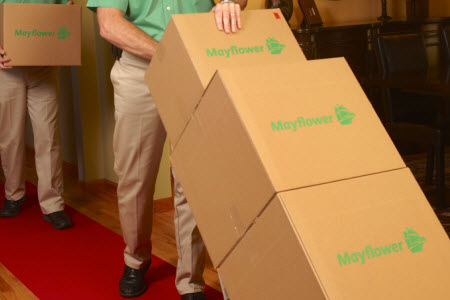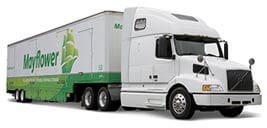METCALF MOVING BLOG
August 5, 2016
Packing 101 Checklist
The better you pack, the easier it is to unpack.
Getting started
 Start by packing the things you aren’t using and won’t need until after you move. (Think camping equipment, sporting equipment and out-of-season items). Work backwards from least to most needed so that your everyday necessities won’t need to be packed until moving day.
Start by packing the things you aren’t using and won’t need until after you move. (Think camping equipment, sporting equipment and out-of-season items). Work backwards from least to most needed so that your everyday necessities won’t need to be packed until moving day.- Your soft and lightweight goods in drawers need not be removed and packed in boxes; they can be moved as they are. Your movers will wrap dressers with plastic and blankets to keep drawers closed. However, anything breakable, spill-able or that may damage other items should be removed from your drawers prior to moving.
Tips for packing items in boxes
- Group like items together. Pack kitchenware together in one box and label it accordingly. Do not mix fragile collectibles with pots and pans, or otherwise throw together contents haphazardly.
- Wrap items individually with multiple layers of clean packing materials like news wrap, paper towels, tissue paper and/or bubble wrap. Towels, blankets and other soft items may also be used to pad boxes.
- Each box should be packed firmly but not overloaded. You don’t want items to shift. The box lid should close easily without bending inward or being over-packed.
- Each box should be tightly sealed with tape unless it contains any items that are listed on the Mayflower High-Value Inventory Form. Boxes with high value items need to be left open for inspection by the van operator prior to transport.
How to pack a standard box
- Before adding items to your empty box, create a two to three inch layer of padding at the bottom with crushed news wrap.
- Place the heaviest items on the bottom of the box, then build up in layers with medium weight items in the middle and lightest weight items on top.
- Each layer should be filled with crumpled news wrap or other packing materials to eliminate empty spaces.
- You may further define layers by using sheets of cardboard for dividers.
- Everything should be completely covered by paper or other padding.
How to pack small, fragile items in a box
- Small and fragile items should be individually wrapped. The more delicate the item, the more padding required.
- They can then be packed separately in small boxes, either one item per box, or a few together in each box.
- Ensure these boxes are fully cushioned with paper or other packing materials.
- These smaller boxes can then be placed in a larger box, with each small box cushioned by additional news wrap to fill the gaps between boxes.
Organizing and marking boxes
- As you seal each box, list its contents on the side in permanent marker. You can also keep track of your boxes and contents in a notebook. You may also wish to number each box for better tracking.
- Which room should the box be directed to? If you mark each box clearly by room, you can tape signs on each room at your new home, which will help the movers quickly distribute the boxes to their appropriate rooms.
- Which boxes will you want to unpack first at your new home? Indicate these priority boxes with a special mark so they can be set aside when you get there. Your United team should have “Last Load” stickers for you to use.
Packing electrical equipment and items with multiple pieces
- Group parts and pairs together. Put hardware in plastic bags and tape them securely to the articles with which they belong.
- Wind and fasten electrical cords so they are not left dangling.
For additional ideas about how to pack for moving, see:
Source: https://www.mayflower.com/moving-tips-tools/tips/packing-checklists/packing-101









